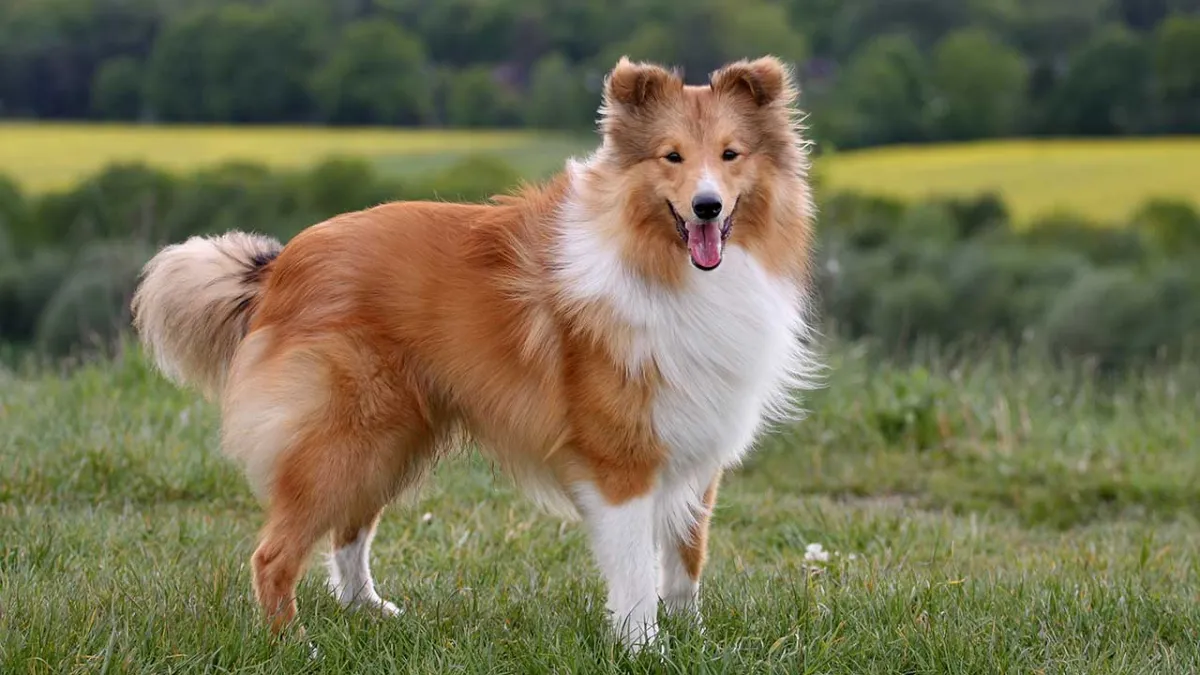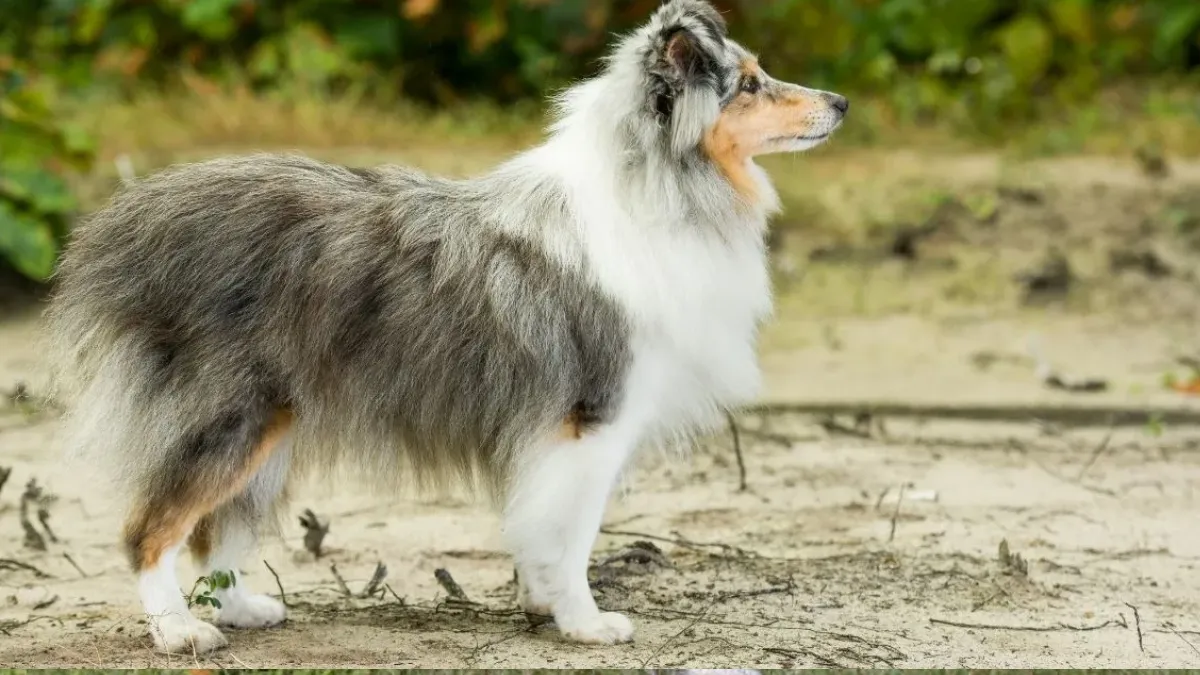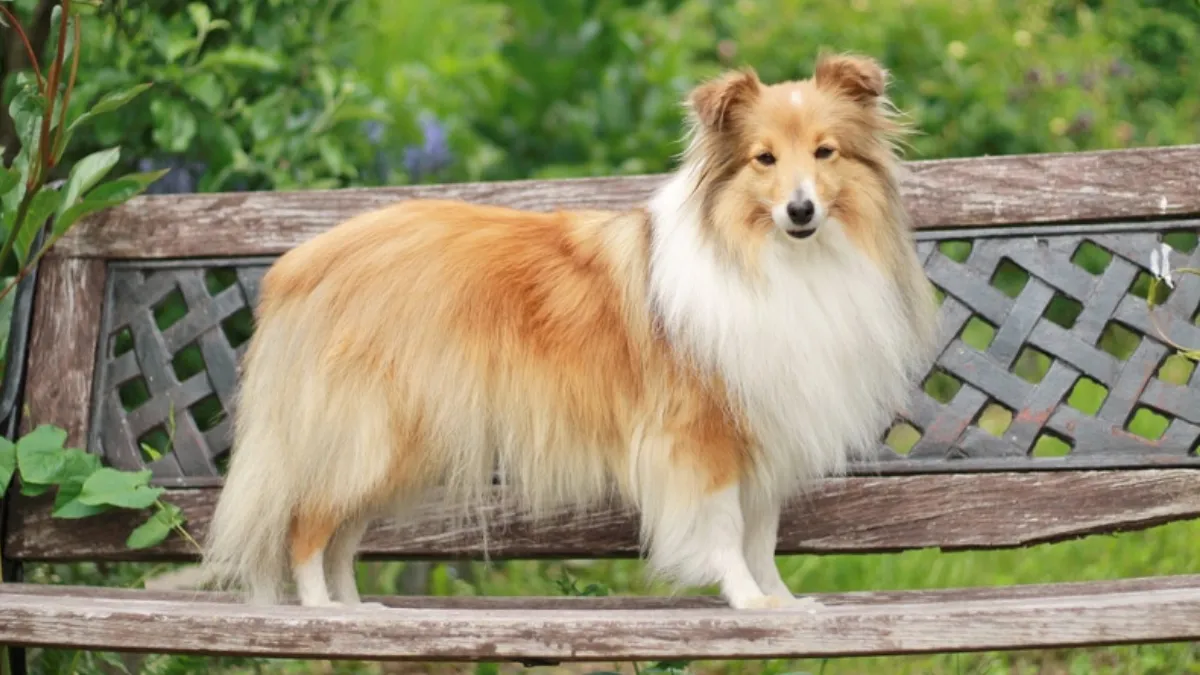Shetland Sheepdogs, also known as Shelties, is a small breed of herding dog that originated in the Shetland Islands of Scotland. These intelligent and affectionate dogs are known for their thick, double-coated fur that can come in a variety of colors, including sable, black, and blue merle. As with any dog breed, potential owners may wonder about the shedding habits of Shelties. Do Shetland Sheepdogs Shed?
The short answer is yes, Shetland Sheepdogs do shed. They are known to shed quite a bit, especially during the spring and fall when they shed their undercoat. However, with proper grooming and care, shedding can be managed and minimized. In this article, we will explore the shedding habits of Shelties and provide tips on how to keep their coat healthy and reduce shedding.

Shetland Sheepdog Shedding Overview
Shetland Sheepdogs, also known as Shelties, are known for their thick double coat that keeps them warm in cold weather. However, this beautiful coat comes with shedding. In this section, we will provide an overview of shedding frequency and volume for Shetland Sheepdogs.
Shedding Frequency
Shetland Sheepdogs shed moderately throughout the year, with two heavy shedding periods during the spring and fall. During these periods, they will shed their undercoat, which is the soft, fluffy hair that grows under the topcoat. This shedding process can last for several weeks.
Shedding Volume
The amount of shedding varies from dog to dog, but in general, Shetland Sheepdogs are moderate shedders. They shed more during the heavy shedding periods mentioned above. Owners can expect to find hair on furniture, clothing, and floors during these times. Regular grooming can help manage shedding by removing loose hair and preventing mats.

In conclusion, Shetland Sheepdogs are moderate shedders with two heavy shedding periods per year. Regular grooming can help manage shedding and keep their coat healthy and shiny.
Factors Influencing Shedding
Genetics
Shetland Sheepdogs are a double-coated breed, which means they have two layers of fur. The top coat is made up of long, straight hairs that are water-resistant and protect the dog from the elements. The undercoat is softer and denser, providing insulation and keeping the dog warm. The amount of shedding a Shetland Sheepdog does is largely determined by genetics. Some dogs will shed more than others, even within the same litter. If a dog's parents were heavy shedders, the dog will likely be as well.
Health
A Shetland Sheepdog's overall health can also play a role in shedding. Dogs that are stressed, have poor nutrition, or have an underlying medical condition may shed more than healthy dogs. Skin conditions, allergies, and hormonal imbalances can all contribute to excessive shedding. Regular visits to the vet can help identify and address any health issues that may be causing shedding.
Season
Shetland Sheepdogs typically shed twice a year, in the spring and fall. During these times, they will shed their undercoat in preparation for warmer or cooler weather. The amount of shedding can vary depending on the individual dog and the climate they live in. Dogs that spend more time indoors may shed less than those that spend a lot of time outside.
Overall, shedding is a natural process for Shetland Sheepdogs and cannot be eliminated. However, regular grooming and proper nutrition can help reduce shedding and keep the dog's coat healthy and shiny.

Shedding Management
Grooming Techniques
Shetland Sheepdogs have a thick double coat that requires regular grooming to minimize shedding. Brushing their coat at least once a week with a slicker brush can help remove loose hair and prevent matting. For a deeper clean, a metal comb can be used to remove any remaining tangles. It is important to be gentle while grooming to avoid damaging the coat or causing discomfort to the dog.
Trimming the hair around the ears, paws, and tail can also help minimize shedding. Regular trips to a professional groomer can ensure that the dog's coat is properly maintained.
Diet and Nutrition
A healthy diet can also play a role in managing shedding in Shetland Sheepdogs. Feeding a high-quality dog food that is rich in omega-3 and omega-6 fatty acids can help improve the health of the dog's coat and reduce shedding. It is important to follow feeding guidelines and avoid overfeeding, as excess weight can lead to increased shedding.
Home Environment
Maintaining a clean home environment can also help minimize shedding. Regular vacuuming and dusting can help remove loose hair and dander from floors and furniture. Using a lint roller or sticky tape can also help remove hair from clothing and upholstery.
Providing a designated area for the dog to sleep and play can also help contain shedding. Using a washable dog bed and covering furniture with a washable blanket can make cleaning up after shedding easier.
Choosing the Right Tools
When it comes to managing the shedding of a Shetland Sheepdog, choosing the right tools can make all the difference. Here are some tools to consider:

Brush Types
Several types of brushes can be used to manage shedding in Shetland Sheepdogs. A slicker brush is a popular choice as it can effectively remove loose fur without damaging the coat. A pin brush can also be used to remove loose fur and detangle the coat. A shedding blade can be used to remove large amounts of loose fur but should be used with care to avoid injuring the dog's skin.
Shedding Blades
Shedding blades are designed to remove large amounts of loose fur quickly and efficiently. They are available in different sizes and styles and can be used on both long and short-haired dogs. It is important to use a shedding blade with care to avoid injuring the dog's skin.
Vacuums and Clean-up
Vacuums can be a useful tool for managing shedding in Shetland Sheepdogs. A vacuum with a pet hair attachment can effectively remove loose fur from carpets, furniture, and clothing. It is important to choose a vacuum with a powerful motor and good suction to effectively remove fur. A lint roller can also be used to remove loose fur from clothing and furniture. Regular cleaning and vacuuming can help to minimize the amount of loose fur in the home.
Health Considerations
Skin Conditions
Shetland Sheepdogs are prone to skin conditions like dermatitis, hot spots, and fungal infections. These conditions can be caused by allergies, parasites, or bacterial infections. Regular grooming and bathing can help prevent these conditions. It is also important to keep the Shetland Sheepdog's environment clean and free of irritants.

Allergies
Shetland Sheepdogs can be prone to allergies, which can cause skin irritation and excessive shedding. Common allergens include pollen, dust, and certain foods. It is important to identify and avoid these allergens to prevent allergic reactions. Your veterinarian can perform allergy testing and recommend treatments such as antihistamines or allergy shots.
Overall, regular grooming, a healthy diet, and a clean environment can help prevent skin conditions and allergies in Shetland Sheepdogs. If you notice any unusual symptoms or shedding, consult with your veterinarian for proper diagnosis and treatment.
When to See a Vet
Excessive Shedding
Shetland Sheepdogs are known to shed moderately throughout the year, and more heavily during seasonal changes. However, excessive shedding can be a sign of an underlying health issue. If a Shetland Sheepdog is shedding more than usual, it is recommended to consult a veterinarian.
The vet may perform a physical examination and run some tests to rule out any medical conditions such as allergies, infections, hormonal imbalances, or parasites. In some cases, dietary changes or supplements may be recommended to improve the dog's coat health and reduce shedding.
Bald Spots
Bald spots or patches in a Shetland Sheepdog's coat may indicate a skin condition or a medical issue that requires veterinary attention. Some common causes of bald spots include allergies, infections, parasites, autoimmune diseases, or thyroid problems.

If a Shetland Sheepdog has bald spots, it is important to take them to a vet for a diagnosis and treatment plan. The vet may recommend topical or oral medications, dietary changes, or other treatments depending on the underlying cause of the bald spots.
Conclusion:
In conclusion, Shetland Sheepdogs, like many double-coated breeds, do indeed shed. Their thick, double-layered fur serves to protect them from the harsh weather conditions of their native environment. While shedding is a natural process for all dogs, Shelties tend to shed moderately year-round, with heavier shedding occurring during seasonal changes, typically in the spring and fall. Do Shetland Sheepdogs Shed?
Despite their shedding tendencies, Shetland Sheepdogs can be effectively managed with regular grooming and maintenance. Brushing their coat at least once a week helps to remove loose fur and prevent mats and tangles. Additionally, scheduling periodic baths and visits to a professional groomer can further aid in controlling shedding and maintaining their coat's health and appearance.
While shedding may be a consideration for potential Sheltie owners, the loyalty, intelligence, and affectionate nature of these dogs often outweigh any grooming challenges. With proper care and attention, Shetland Sheepdogs can make wonderful companions for individuals and families alike, bringing joy and companionship to their households for many years to come. Therefore, while Shelties do shed, their many positive qualities make them a beloved breed for those willing to devote time to their care.




